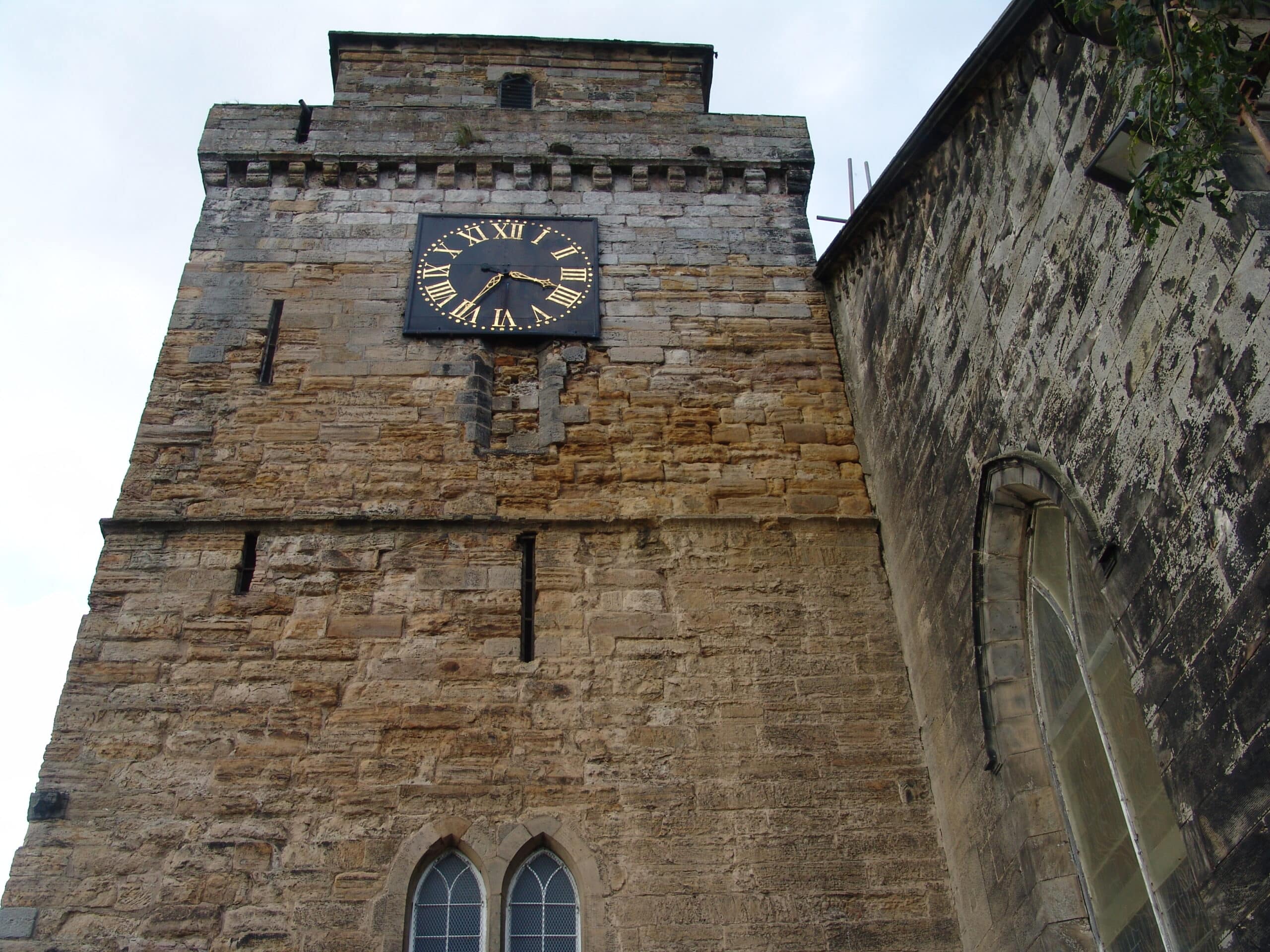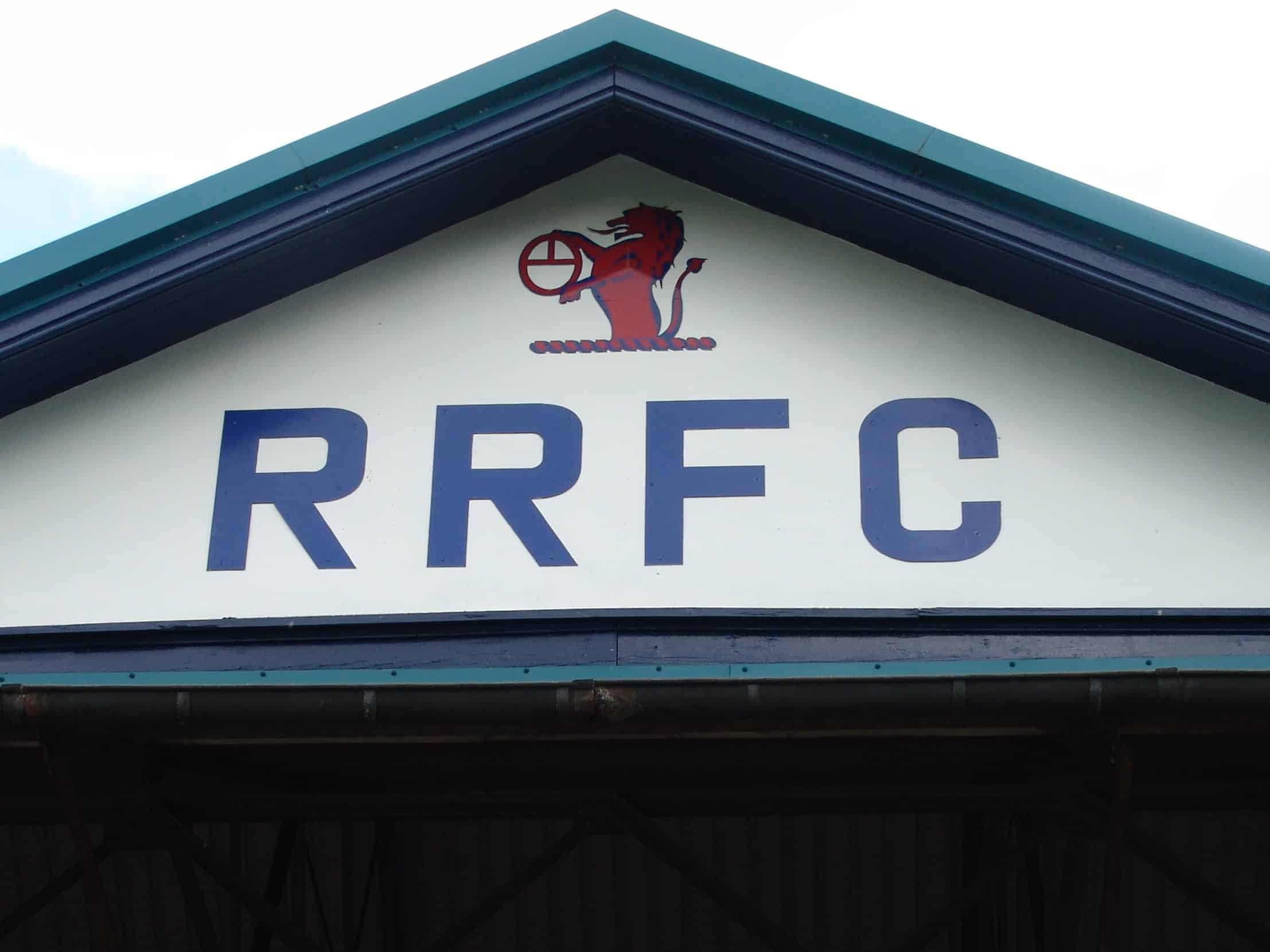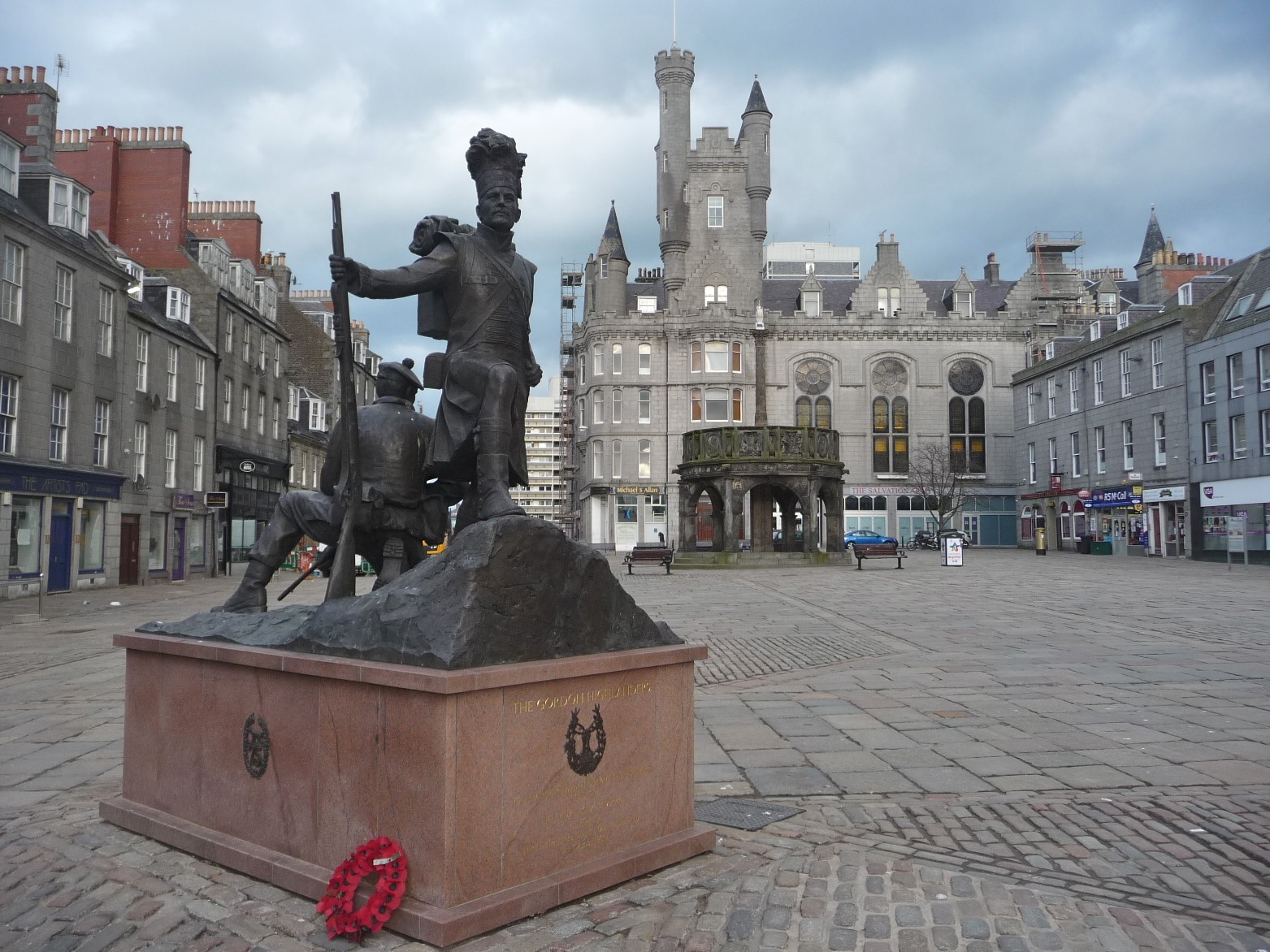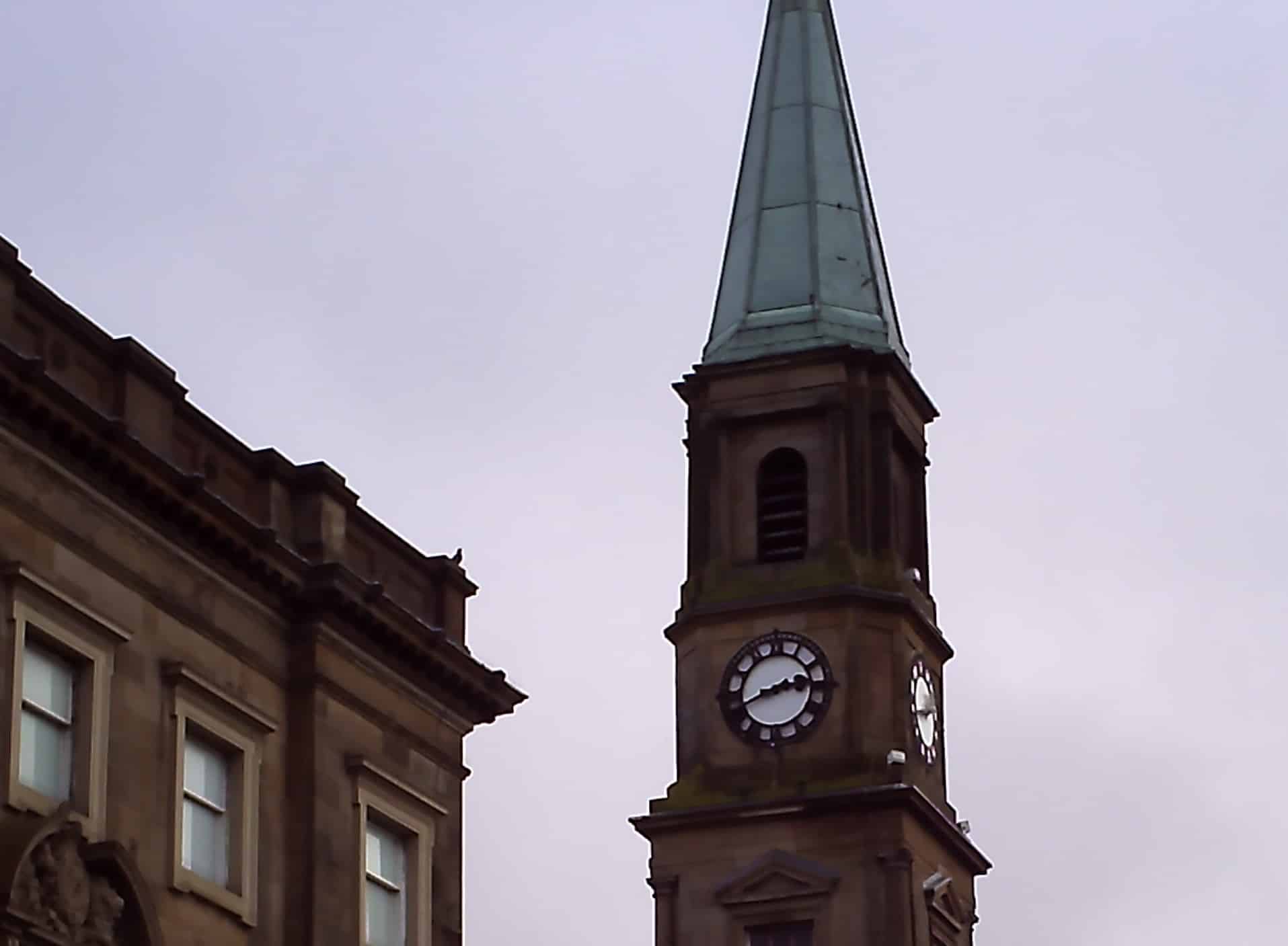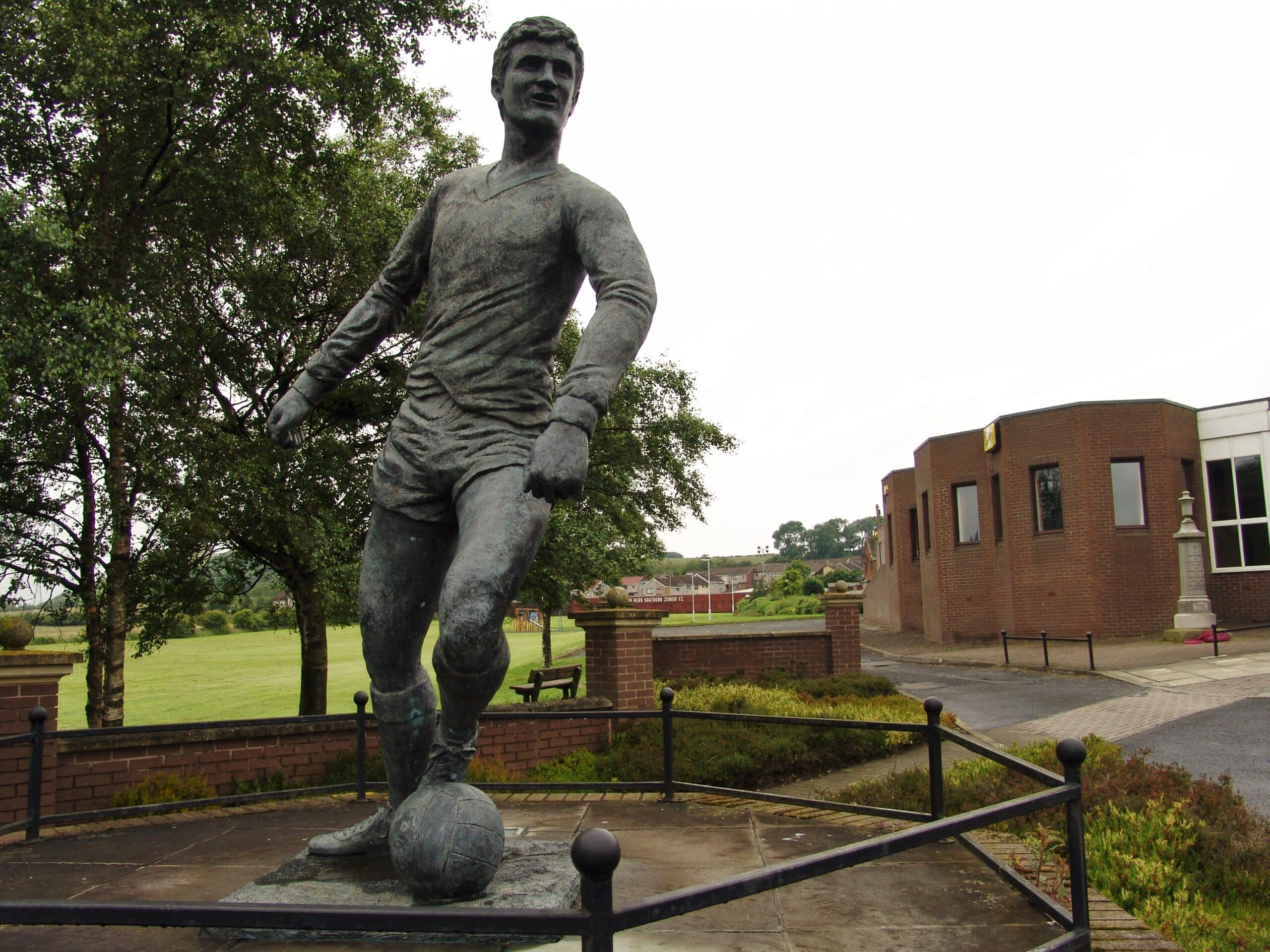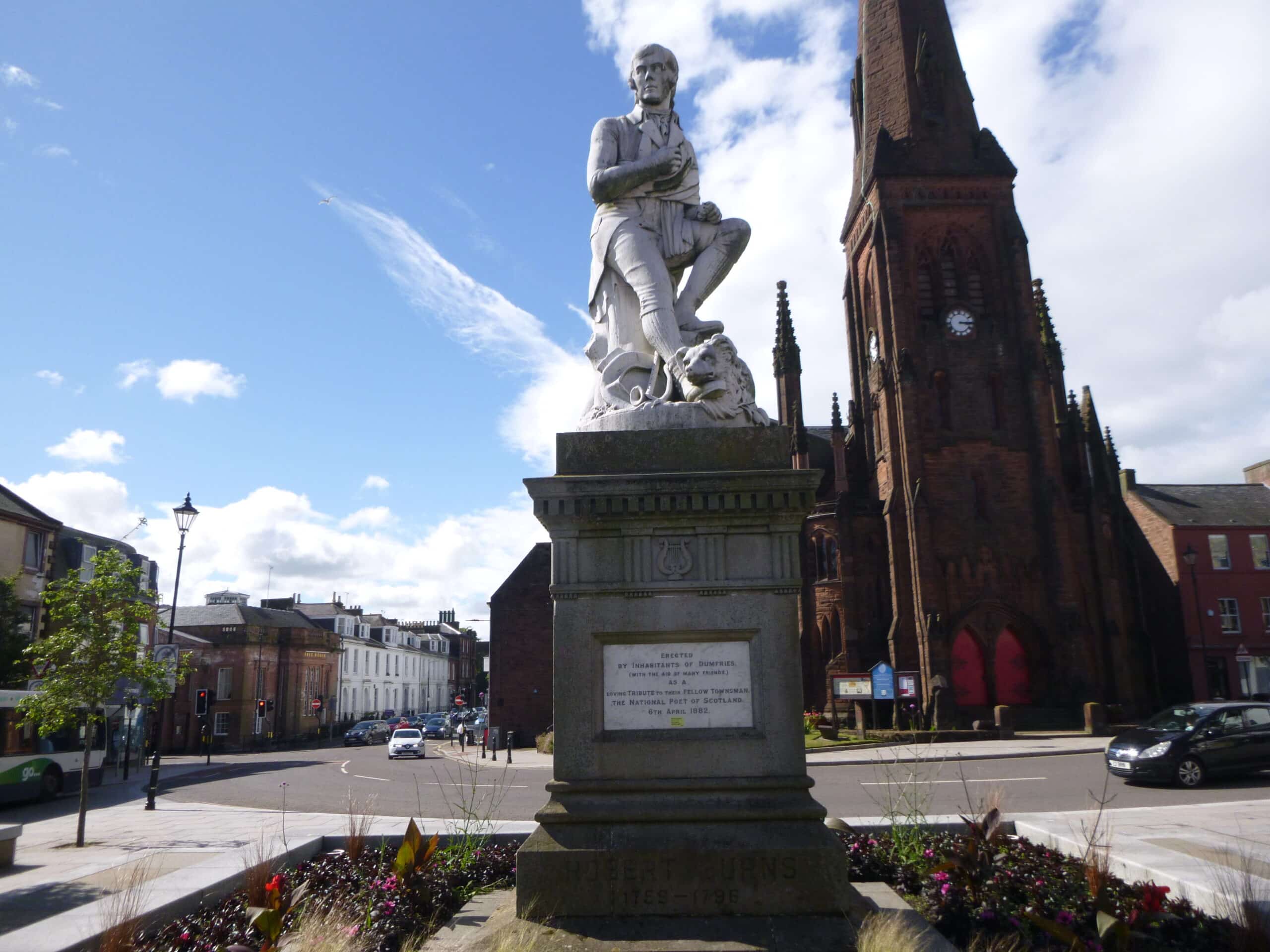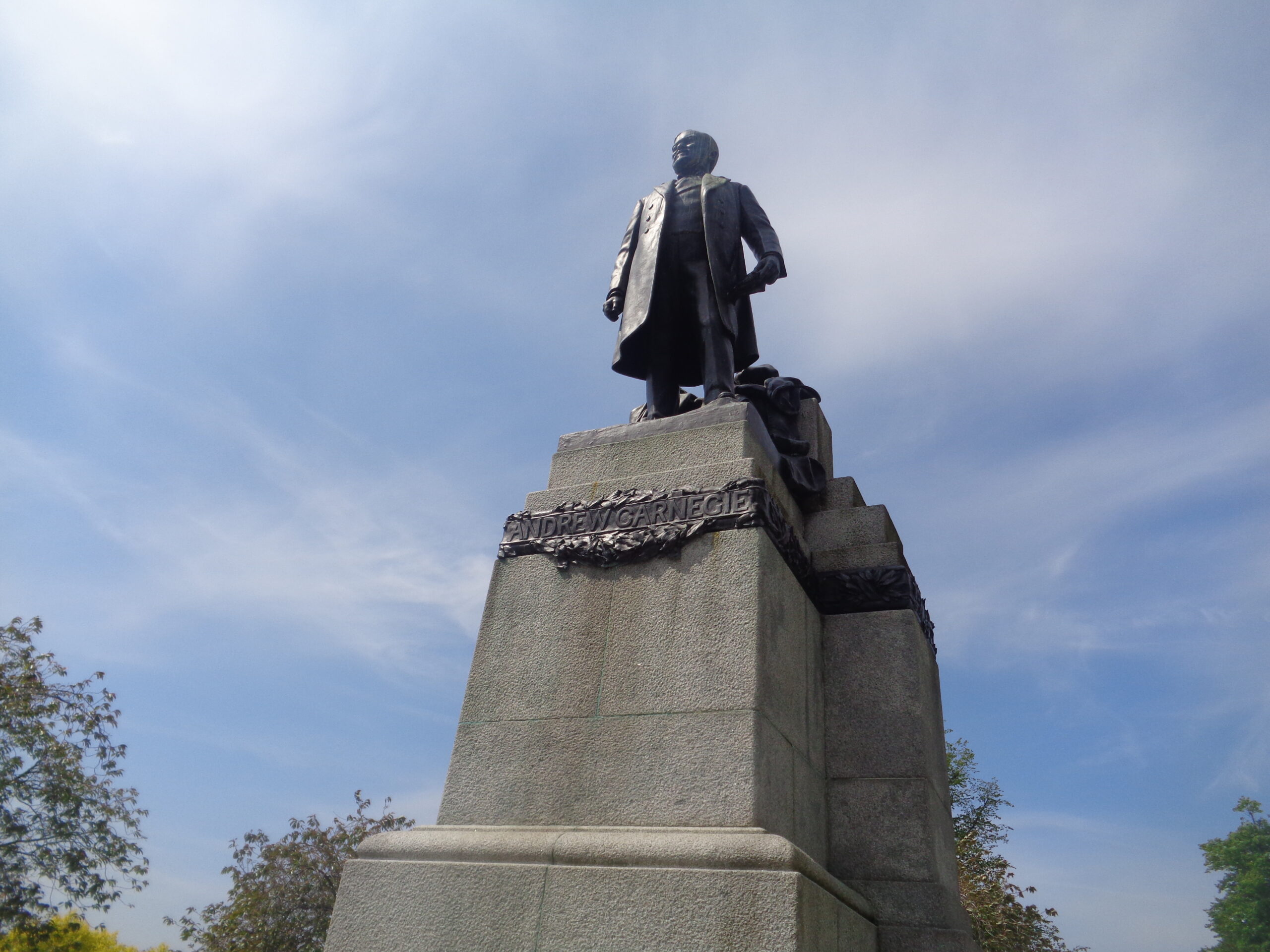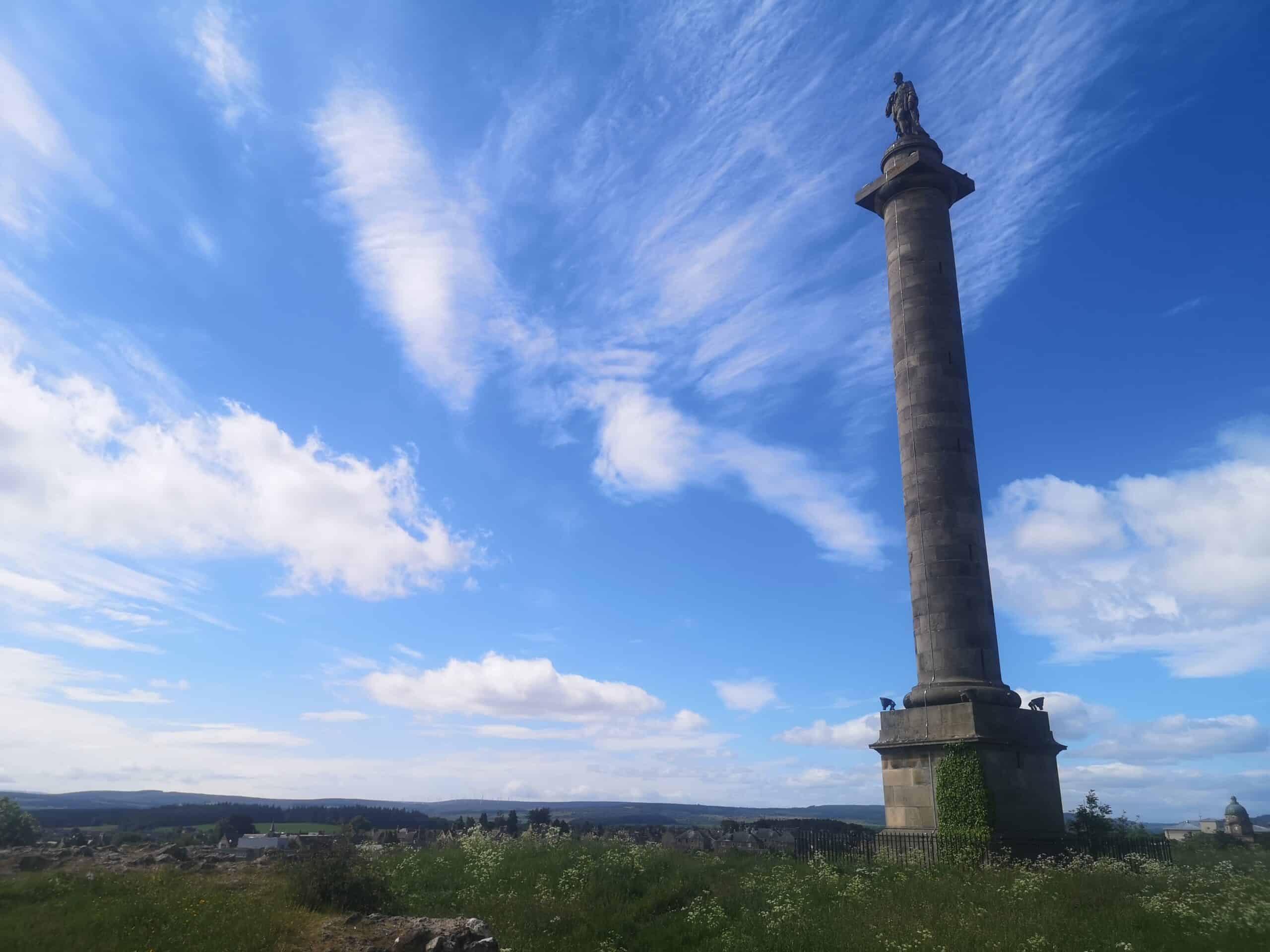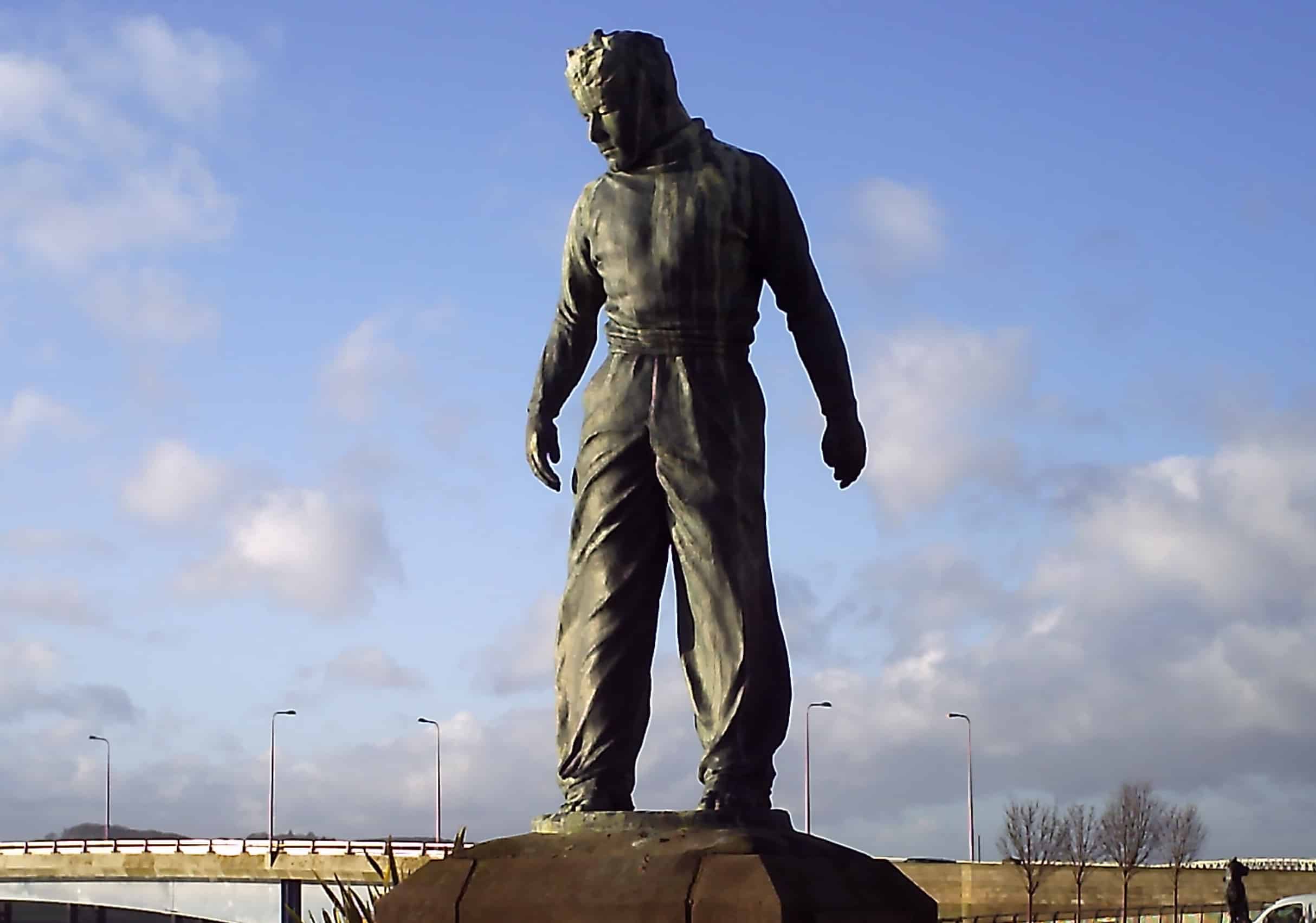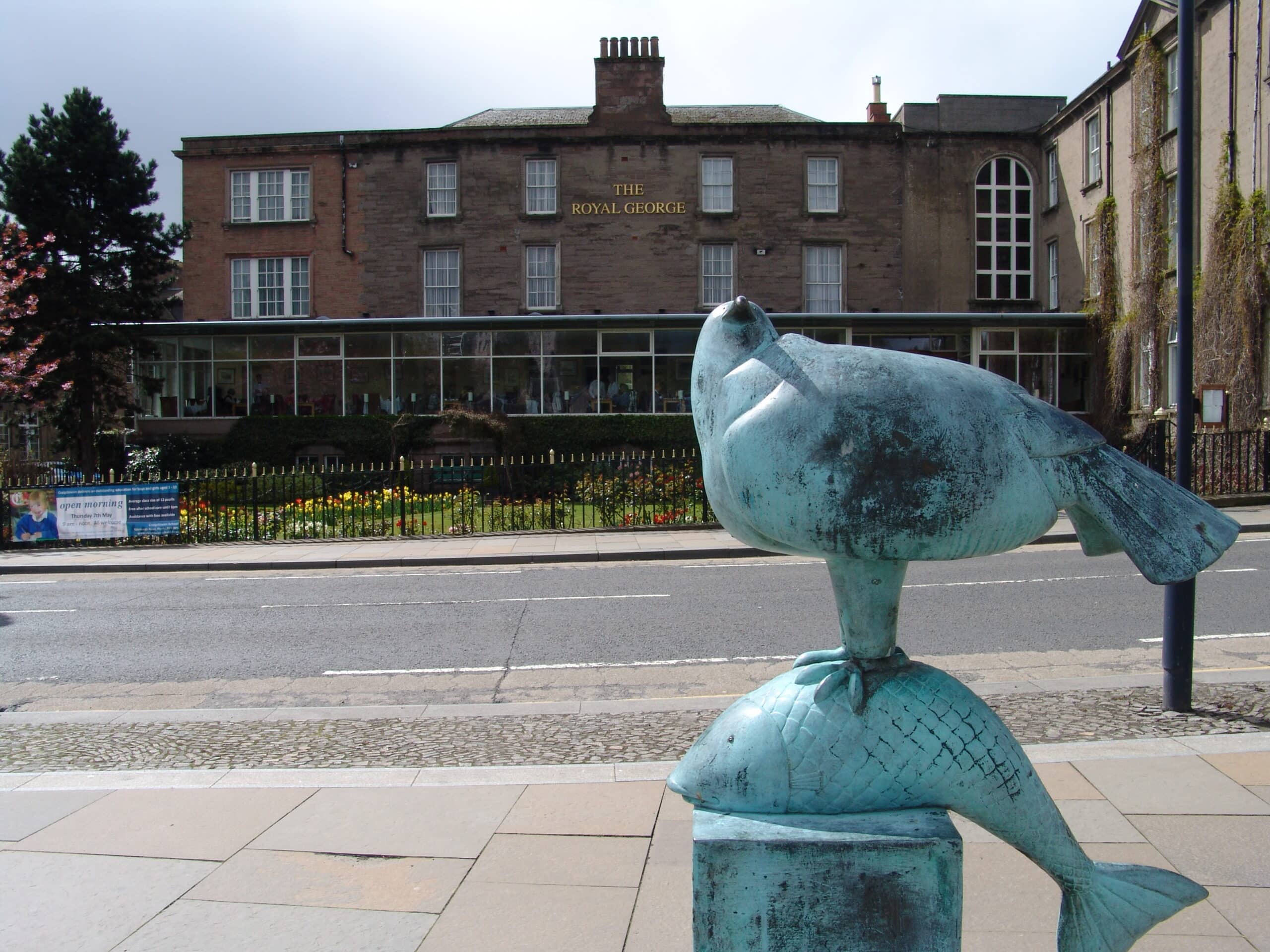Teams, tales and tips – a guide to the local game
Stretching along the Fife coast, from Stark’s Park in the south to Dysart in the north, Kirkcaldy is the home of Raith Rovers. Sitting across the Firth of Forth from Edinburgh, Kirkcaldy lies alongside the historic territory of Raith, whose exact specifications are as lost in time as the details of the sixth-century battle named after it.
There was once here a Raith Estate, hence the mansion, tower and colliery that once dotted the landscape inland from Kirkcaldy. The colliery spawned a football team, Raith Rovers, formed in 1881, but not the one based in Kirkcaldy that would beat Celtic on penalties to win the Scottish League Cup in 1994. This older Raith Rovers merged with Cowdenbeath Rangers before their namesake neighbours over in Kirkcaldy saw light of day in 1883.
Cowdenbeath, Raith’s nearest but lesser rivals, took part in the first Fife Cup final of 1882, a competition later dominated by Rovers’ greater local foe, Dunfermline.

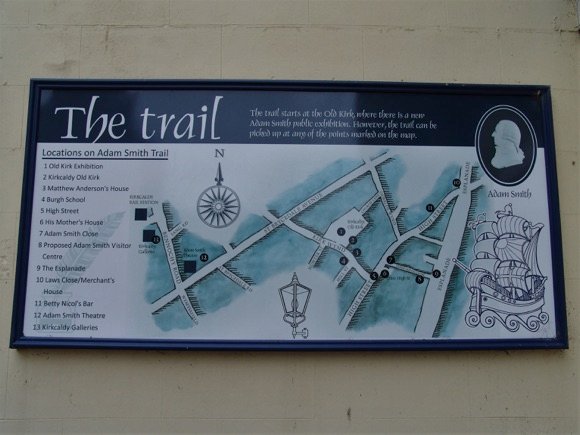

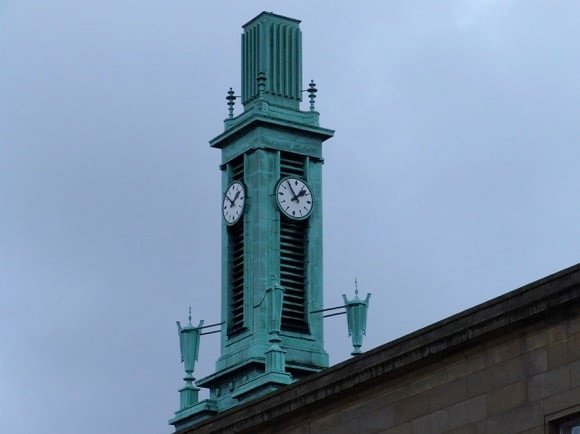
The lack of a specific place name for ‘Raith’ has confused many a non-Scot over the years. Fans of Bayern Munich may have curiously run their fingers over the atlas without success when the UEFA Cup draw was made in 1995 – although the Second Round tie was played at Easter Road, Edinburgh, Jürgen Klinsmann putting two past the Scottish League Cup holders.
The Fife Cup still struggles on – though it’s been well over a century since the likes of Hearts of Beath won the trophy. Shared exclusively since World War I between the four main clubs of the historic county – East Fife make up the quartet – its winners list reflects the highs and lows of each over the decades. Raith notched three consecutive trophies in the Alex James era of the early 1920s, before the Wembley Wizard went down to Arsenal, and another three around the time of the shock League Cup win of 1994-95.
In recent seasons, Raith have mainly been in the second tier, attracting average gates of well over 2,000 and bumper crowds for the visits of Rangers and the 2016 Premiership promotion play-off with Hibernian. The Fife derby with Dunfermline has been revived as a league fixture, but Raith’s achievements have been overshadowed by the scandal over the controversial signing of proven rapist David Goodwillie.
LIfelong fans, including former Prime Minister Gordon Brown, were vocal in their criticism, and the club lost an considerable amount of credibility it had taken decades to build up.
Getting Around
Arriving in town, local transport and tips

The nearest airport to Kirkcaldy is Edinburgh, 42km (26 miles) away. From Stance G on the terminal forecourt, Stagecoach bus Jet 747 runs to Halbeath Park & Ride (£10, every 20-30mins, journey time 35mins) towards Kirkcaldy. From there, Stagecoach buses X27 and X61 run to Kirkcaldy train and bus stations (£5.40, journey time 25-35mins).
It may be easier to take the tram from the airport terminal (every 7mins) to St Andrew Square/Waverley (£7.50, journey time 25mins). From Waverley station, a regular train runs to Kirkcaldy (£9.50, 35min journey time).
From Glasgow, you need to change at Edinburgh Haymarket, single £20, overall journey time 1hr 40mins.
Kirkcaldy bus station is in the town centre, the train station just outside, 5-7mins away. Local buses are run by Stagecoach (DayRider tickets £4) and Bay Travel. Stark’s Park is south of town and you’ll probably need a bus or taxi to get there.
Kirkcaldy Taxis (01592 214 213) provide airport transfers to Edinburgh for around £65 and hops to Stark’s Park for £5.
Where to Drink
The best pubs and bars for football fans



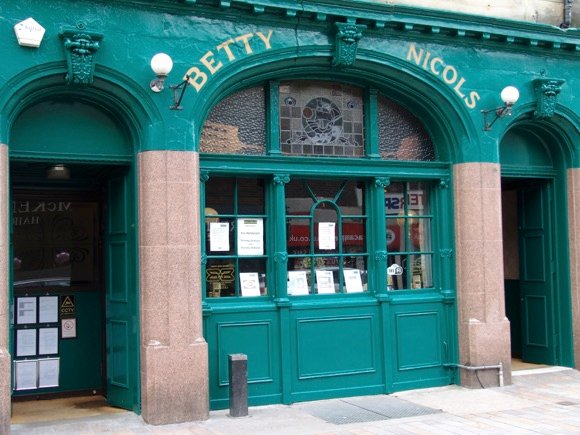
There’s plenty of pubs along the High Street – though sadly few overlooking the waterfront.
As if named after the most famous Raith fan in town, former Prime Minister Gordon Brown, The Exchequer offers TV sport and pub food, right on the High Street. A few houses down, The Penny Farthing is an age-old favourite, with regular live music. Across the street, O’Connell’s is more bar/diner, with 2am closing at weekends.
Also here, Betty Nicol’s dates back to 1741, what you see today a 1902 replica of the façade and a listed building. This being the Scottish coast, it was used by smugglers and, naturally, is haunted by ghosts. Having given ghouls the run of the place during lockdown, friendly owners John and Nan Wilson have decided to move on. The dark-wood bar should be spared any untoward gentrification.
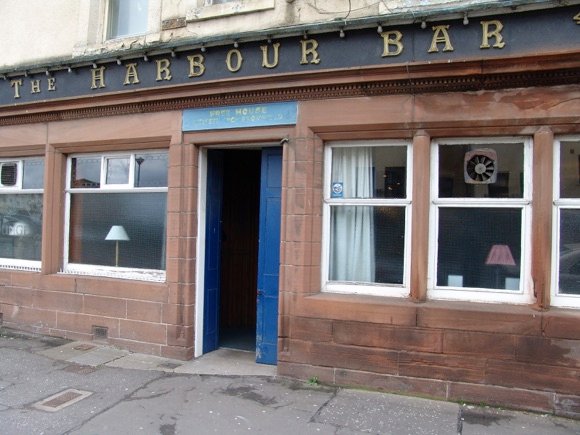



Towards the Old Kirk, a Wetherspoon’s set in an old bank, The Robert Nairn takes its name from the linoleum mogul who brought wealth to Kirkcaldy 150 years ago.
Further along the waterfront, the Harbour Bar by the wharf still attracts the regulars who tried to buy the place following the untimely death of its long-term owner in 2021. For 30 years, Nick Bromfield had been serving his beloved real ales and running his own Fyfe Brewing Company in the old sail works alongside.
Latest plans call for this to be turned into a trendier spot serving Belgian beers, a process which started in 2023 and should bear fruit in 2024.
Where to stay
The best hotels for the ground and around town
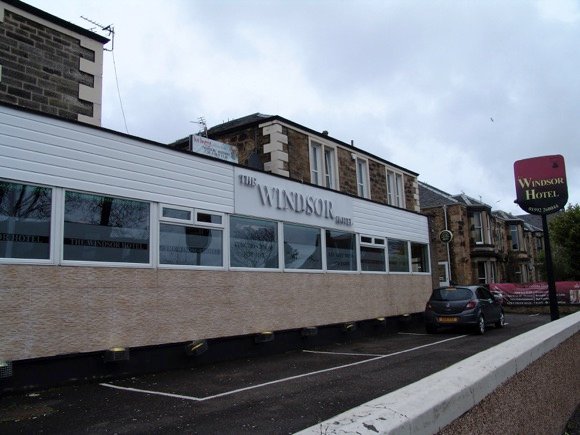

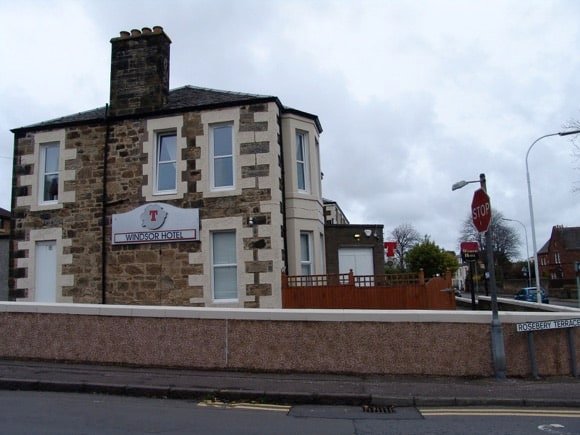
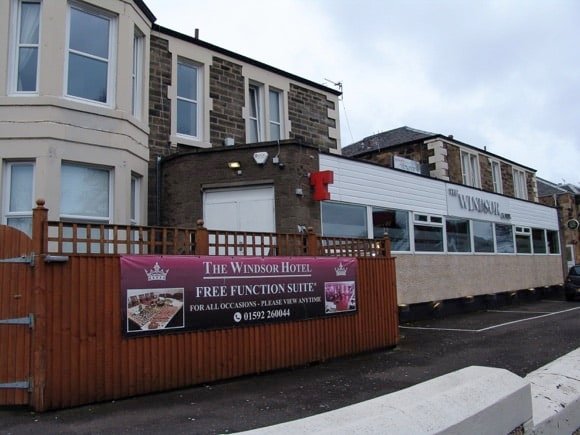
Welcome to Fife has details of hotels across the historic county.
There are no hotels near Stark’s Park. In town, the most convenient would be the mid-range Beveridge Park, close to the train station, but it’s currently undergoing renovation.
In the same family for nearly 40 years, the Windsor Hotel was completely refurbished in 2020, with large-screen sport in the lively bar and free private parking. Alongside, the venerable Victoria Hotel was bought by a group from Dunfermline in 2016 and has been redeveloped.
If you’re willing to stay a little out of town near Dysart Harbour, the Strathearn Hotel offers comfort and tradition. Built in the 1880s, it was converted in the 1940s and now features a lounge bar with live sport, and restaurant overlooking greenery. The Strathearn was over by Graeme and Loraine Mitchell in 2024, with plenty of changes in mind.

